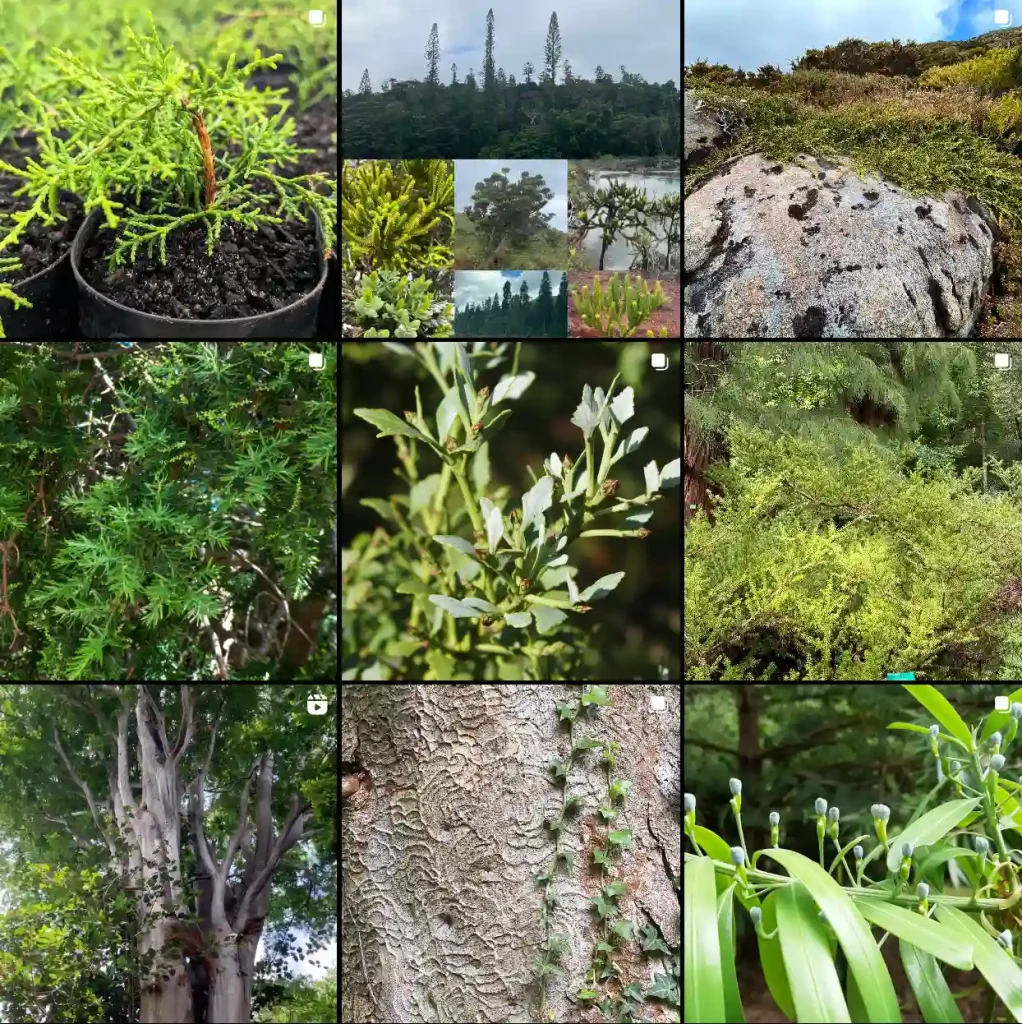
What is Hibiscus Pink Chiffon?
For those seeking a splash of color and effortless elegance in their garden, the Hibiscus Pink Chiffon is a dream come true. This captivating shrub boasts an abundance of large, soft pink blooms that resemble delicate chiffon fabric, hence its fitting name. But beyond its beauty, the Pink Chiffon Hibiscus offers a surprising amount of hardiness and low-maintenance charm.
Having fallen under the spell of this captivating plant myself, I’ve spent the past few seasons cultivating and learning everything I can about it. In this article, I’ll share my experiences and insights, hoping to inspire you to bring the Pink Chiffon Hibiscus into your own garden oasis.
439 Species in Genus Hibiscus
Where Does the Pink Chiffon Hibiscus Thrive?
The Pink Chiffon Hibiscus flourishes in a sunny location, soaking up at least 6-8 hours of direct sunlight daily. It prefers well-drained soil, so amending clay-heavy soil with sand or compost is crucial. When planting, dig a hole twice the width of the root ball and ensure the base of the plant sits level with the surrounding soil. Water thoroughly after planting and provide consistent moisture during its first growing season.
Can You Put Pink Chiffon Hibiscus in a Pot?
Absolutely! The Pink Chiffon Hibiscus adapts well to container living, making it a fantastic option for balconies, patios, or smaller gardens. Choose a pot at least 18 inches in diameter with drainage holes to prevent waterlogging. Opt for a high-quality potting mix that drains well and fertilize throughout the growing season with a balanced fertilizer diluted according to package instructions. Remember, containerized plants dry out faster, so adjust your watering frequency based on the climate and pot size.
How to Care for Your Pink Chiffon Hibiscus?
Caring for your Pink Chiffon Hibiscus is a breeze. Regular watering, especially during hot and dry periods, is key. A light mulch around the base of the plant helps retain moisture and suppress weeds. To encourage bushier growth and even more blooms, prune lightly in late winter or early spring before new growth emerges. Simply remove any dead, diseased, or overcrowded branches.
How Does the Pink Chiffon Hibiscus Propagate?
Propagating the Pink Chiffon Hibiscus allows you to share its beauty or expand your own floral haven. Here are two methods you can try:
- Softwood Cuttings: During the growing season, take softwood cuttings about 4-6 inches long from non-flowering stems. Remove the lower leaves and dip the cut end in rooting hormone before planting in a pot filled with moist, well-draining potting mix. Cover the pot with a plastic bag to create a humid environment and place it in indirect sunlight. Keep the soil moist and watch for new growth in a few weeks.
- Layering: This method involves encouraging new roots to grow on a branch still attached to the parent plant. Select a low-lying branch, make a shallow cut about halfway through the stem, and apply rooting hormone. Cover the wound with moist sphagnum moss and secure it with plastic wrap. Once roots develop, you can sever the branch from the parent plant and pot it up separately.
What to Plant with Pink Chiffon Hibiscus?
The Pink Chiffon Hibiscus pairs beautifully with a variety of plants, creating a captivating textural and color play in your garden. Here are some ideas:
- Silver Foliage: Plants with silvery foliage like dusty miller or lavender complement the pink blooms and add a touch of contrast.
- Ornamental Grasses: The swaying movement of ornamental grasses like maiden grass or fountain grass softens the visual impact of the shrub and adds a touch of elegance.
- Perennials: Low-growing perennials with vibrant colors like coneflowers or coreopsis create a vibrant summer border around the base of the Pink Chiffon Hibiscus.
Beyond the Bloom: The Allure of the Pink Chiffon Hibiscus
The Pink Chiffon Hibiscus offers more than just stunning blooms. Its attractive, glossy green foliage adds a lush backdrop throughout the season. Interestingly, the dried flowers can be used in potpourri for a touch of natural fragrance. Additionally, the spent blooms are a magnet for butterflies and hummingbirds, adding a touch of life and movement to your garden.
With its captivating beauty, low-maintenance nature, and surprising versatility, the Pink Chiffon Hibiscus is a true gem for any garden. So, if you’re looking for a plant that adds a touch of effortless elegance and vibrant color, consider welcoming this captivating wonder into your own floral haven.
If i die, water my plants!



